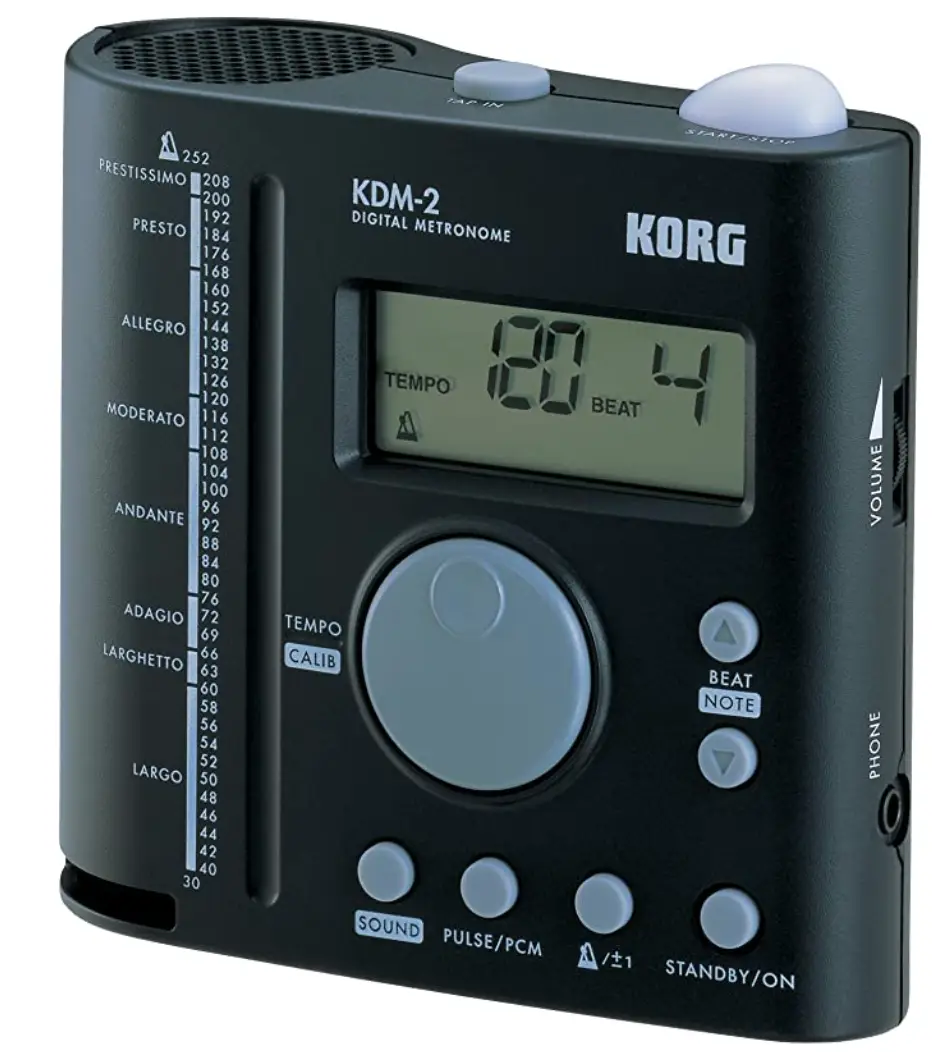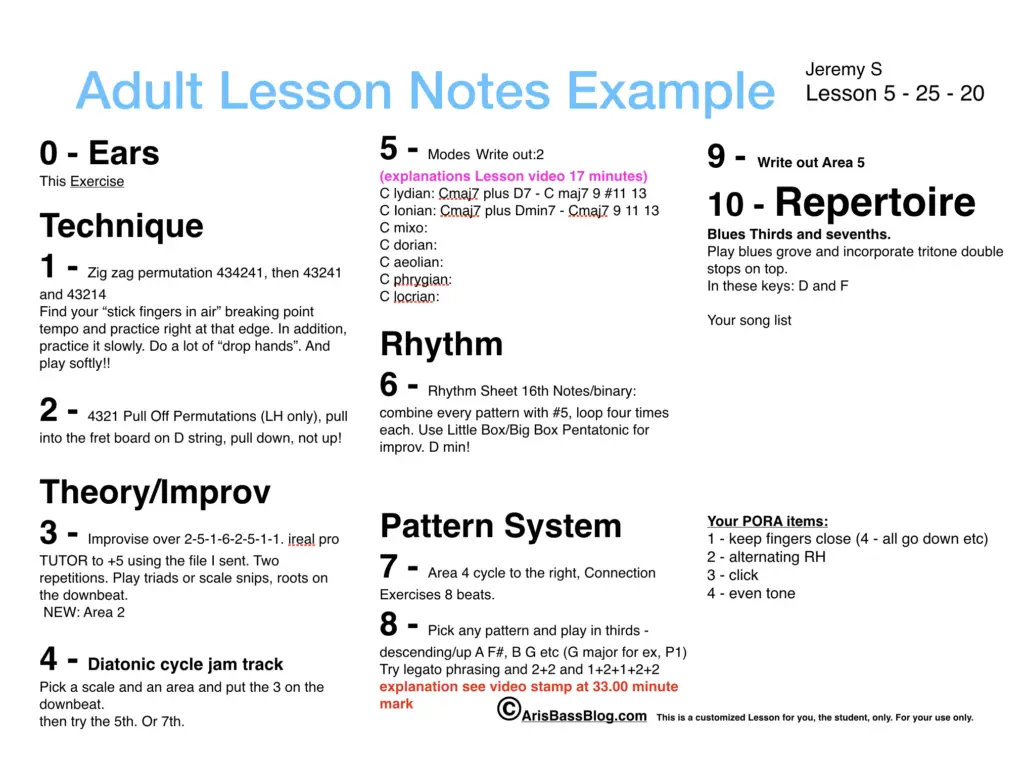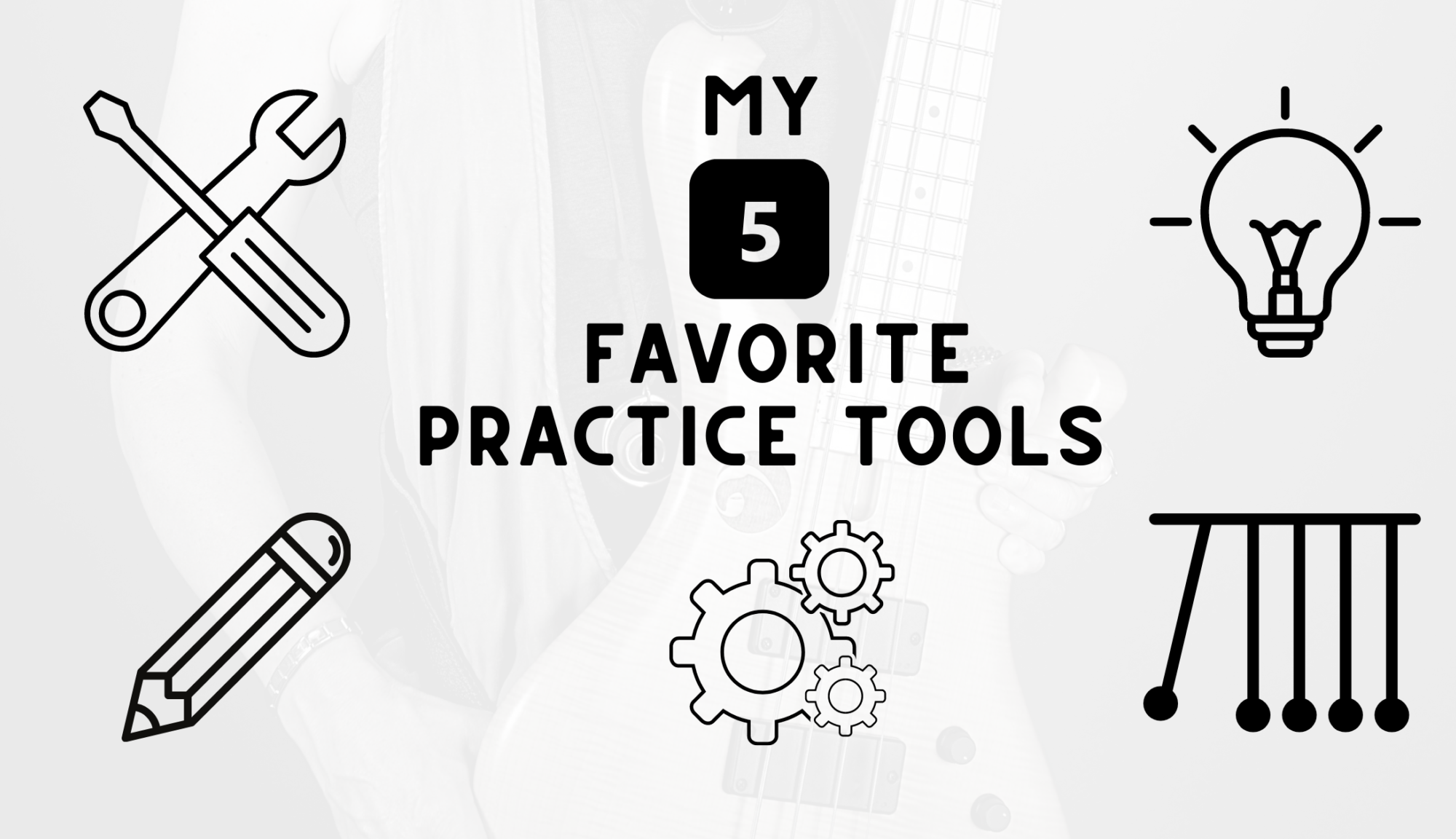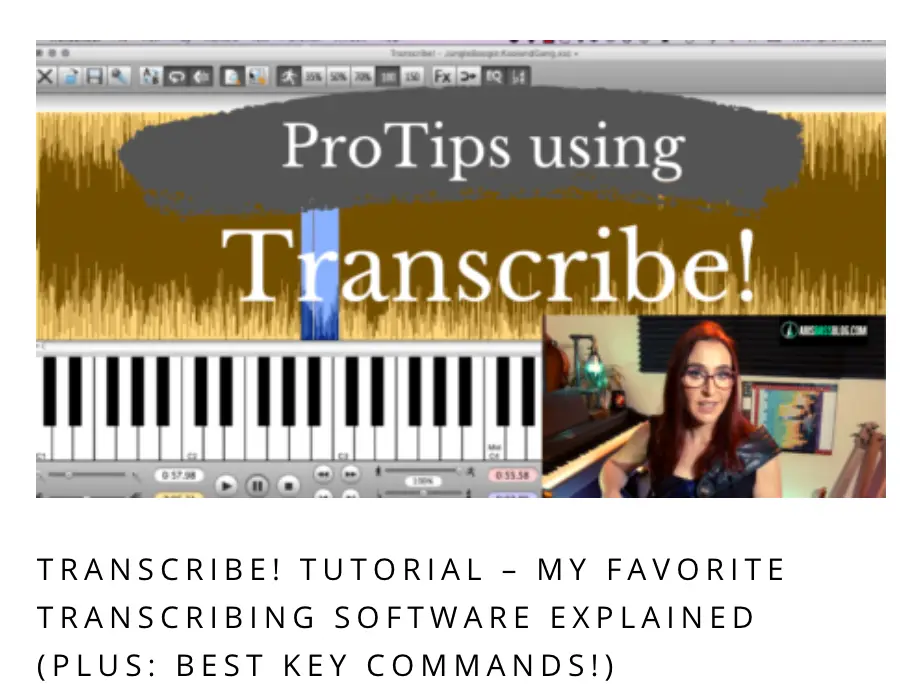My Five Favorite Practicing Tools
Practice Time! If you have been wanting to upgrade your practice sessions, here are five simple tools that will boost the effectiveness of your practice immediately!
Your practice nook can be simple with just the essentials (e.g. amp, bass, music stand, tuner…).
Or more elaborate with the walls decorated with inspirational posters, my music theory cheat sheet (of course), maybe this wall clock and any other paraphernalia that inspires you.
But no matter what your room looks like, make sure to have these tools at hand:
#1: A good old fashioned pencil
 Why?
Why?
Whether you are learning a piece of sheet music or are transcribing music by ear, a pencil can help you in the following ways: when you make a mistake, stop and observe what happened. Did you hit the wrong note? Is there a better fingering you could use? Dropped a beat? Mark it!
The hardest part about this is taking your fingers off the strings and stopping playing! Some continue on after a mistake which is a bad idea because they haven’t fixed the issue and it doesn’t just go away on its own. An even worse “strategy” is starting over from the top. All this accomplishes is getting very good at the beginning of the piece but still struggling with the trouble spot. And since it is not getting better (no surprise, really!), you just throw up your hands and give up. Definitely avoid this. Read my article on how to making your practice much more effective by following this important tip!
#2: The Program “Transcribe!”
While any slow downer/transposition tool will do, my favorite is Transcribe! for Mac (or for Windows). But you can also try Audacity which is free or even a smartphone app such as Anytune Pro.
Why?
Transcribing the masters is one of the best strategies you can use to enhance your skills. If you use a player such as YouTube or iTunes, it is quite hard to isolate a spot in the music. With these great tools, you can not only isolate single notes or short phrases, you can also loop or utilize advanced functions such as changing the key or tempo. Even if you want to stay away from slowing things down, you can use these tools to navigate through the song better. And easily loop problem spots!
Transcribe! is also really user-friendly and intuitive. Click the image above to watch my tutorial on the software.
#3: The Metronome
 It is no secret that practicing with a metronome will help your timing – many creative uses of the metronome to train timing exist (check out Victor Wooten demoing a few wicked ones here!).
It is no secret that practicing with a metronome will help your timing – many creative uses of the metronome to train timing exist (check out Victor Wooten demoing a few wicked ones here!).
Equally important is that a metronome is like holding a mirror up to yourself.
Imagine this: you play a tune or exercise by yourself and zip through the parts you know with confidence. Then comes a little fill or run, or you’re in a difficult key if it’s a drill, so you slow down just a tad. Or you hesitate a beat to “think it through”. At the gig, then, you struggle at that same spot- and potentially lose it altogether… Oh, no! You thought you knew it, but you didn’t really. Truth: In music, unless you know something in time (ie to a click!), you don’t really know it!
Does this mean you should always use a metronome? No. When you first learn a part, switch off the click, and sort out the notes. Then, find the toughest spot and let that determine the tempo. Then, inch your way up to higher tempos.
A metronome is also a totally awesome tool for technique drills. I show my students how to get faster and faster by using the metronome while practicing valuable drills. And even if fast playing is not your goal, you benefit from heightened precision when you are able to play smoothly, with control and in a relaxed state when the tempos get higher. Plus, seeing those numbers increase in your practice log (our next tool!) is super motivating!
I have much more on the correct use of a metronome in my new book (subscribe to the blog to be in the know!)
#4: Practice Log
Whether you use an app or a good old fashioned notebook, keeping track of your practice is a must. Do not underestimate the power of journaling your progress. There is magic in seeing something in writing- especially when it shows your movement forward!
My personal practice logs contain these general topics:
- Ear Training
- Technique
- Theory/Improv
- Fretboard Harmony
- Timing and Groove
- Reading Practice
- Repertoire and Analysis
- Transcription
And even when other things like song-learning for a gig (or other “life gets in the way” moments), take precedence over these on a temporary basis, I always come back to them because they are so important. My students get concise lesson notes from me after each lesson so they know precisely what to practice. Here is an example:

#5: Recording Device

This would be #1 on my hit list if I was ranking based on importance, but I put it last because it is a bit of a challenge for some (at least at first). Similar to using metronome, recording yourself gives you an accurate, unfiltered snapshot of exactly where you stand. Things you don’t notice when you are in the midst of playing, show up when you go back and review the recording. Try it, and you’ll see exactly what I mean. So, record yourself – don’t let the tech get in the way – a simple smartphone will do – just hit record and start playing!
Record. Watch.Observe. And by all means: Keep a positive attitude as you watch. I cannot overstate the importance of that…
Not:
- Oh no, I sound terrible! I should sell all my gear and crawl under a rock!
But Rather:
- I am pulling up my left shoulder. Remedy: relax left shoulder, tweak arm position.
- I am a little late on beat 1 in bars 3, 4, 5, 6. Why? Those are big jumps. Tweak fingering (uses pencil to write it down!) Remedy: slow down, loop, using improved fingering.
- I played a wrong note in bar 3. I played an F. Remedy: play an F#!
Do you see how this type of granular and concise feedback will do wonders for your practice? Participants in our New Year’s Cohort have to send in recordings of themselves executing one or more of the exercise in each Unit of the Course regularly. We have a super supportive vibe on our boards (thanks to our program structure and amazing coaches who we train!) so everyone in the Cohort took the plunge and just did it. The feedback on just how helpful recording oneself is has been tremendous!
Even if you never show it to anyone but yourself, I highly recommend doing this! You can upload videos to your YouTube account and keep them hidden from public view by uploading them as unlisted (only those who have the link can view) or as private (only specific email addresses that you define can view).
There you go, my five favorite practicing tools. There are others I use and recommend, but these are my mainstays. How about you? What are your must-haves tools for practicing? Type them in the comments!
To join our next New Year’s Cohort put your name on the list. We are going through our flagship course – Music Theory for the Bass Player – with support. Various levels of support are available. Check it out. If you’d like to talk to one of our coaches or attendees, we can make that happen, too!





